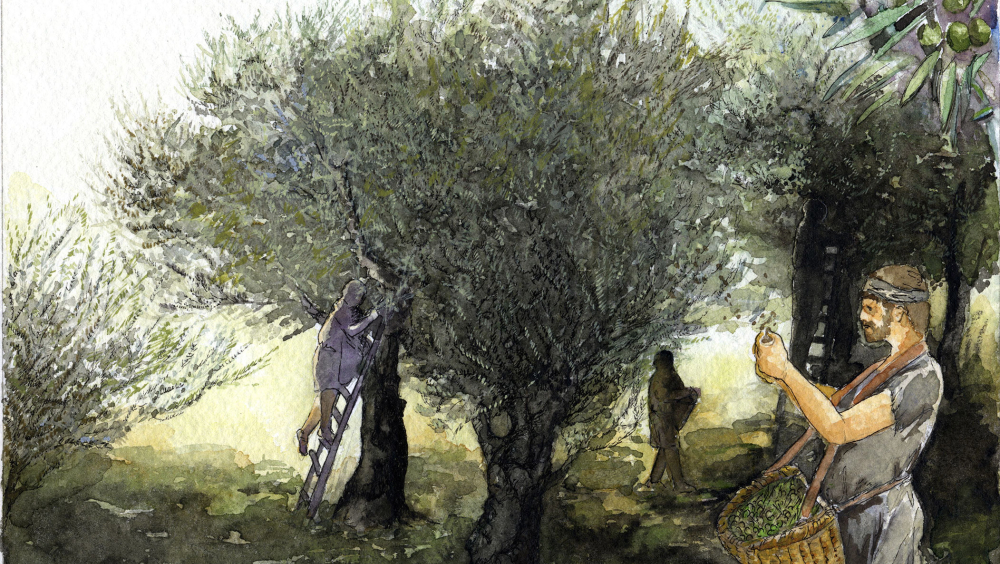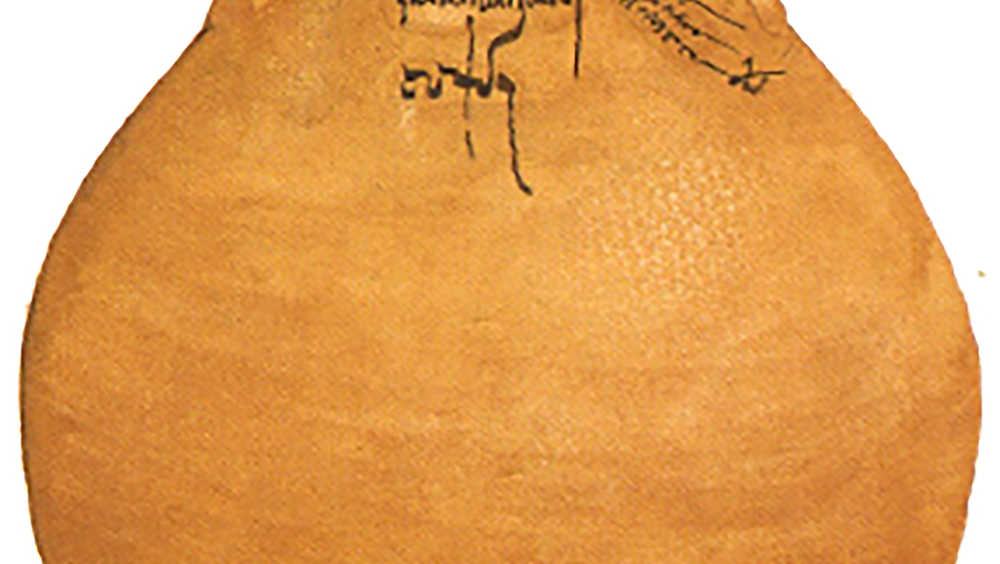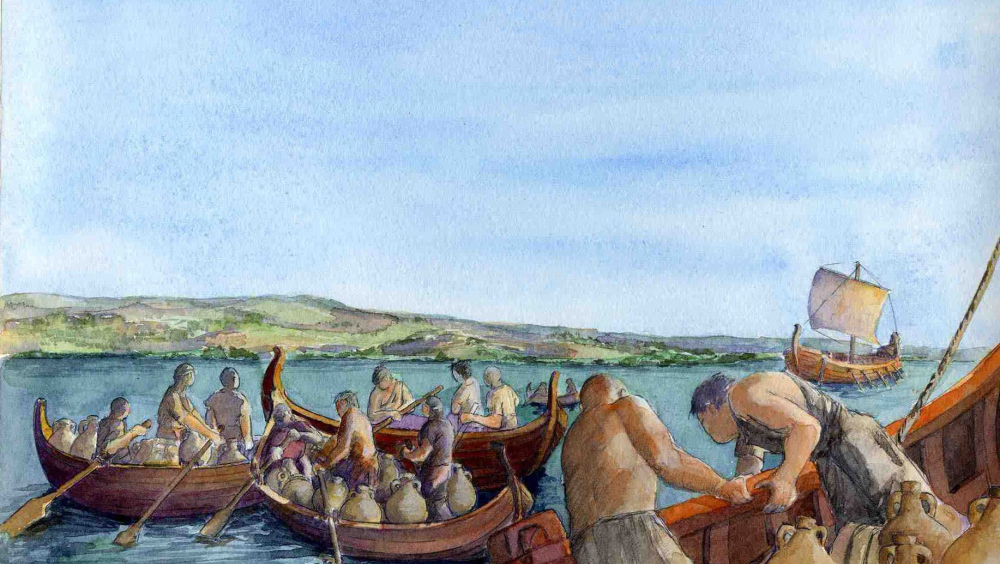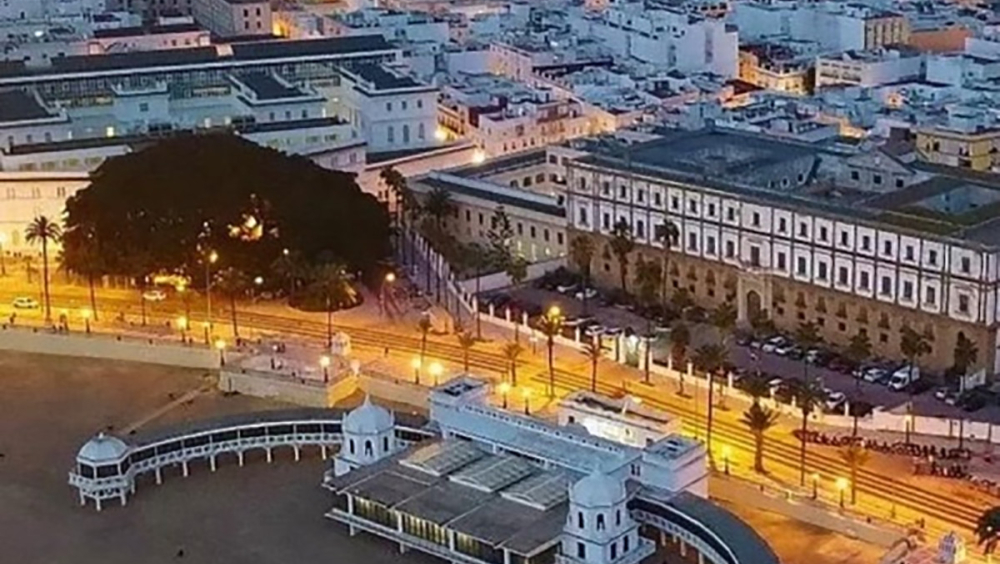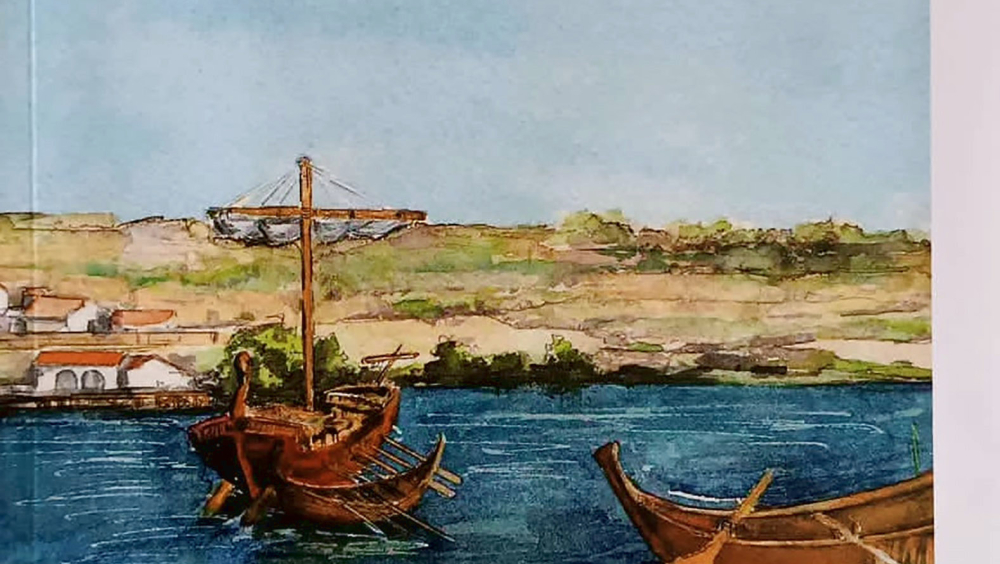Ancient Roots, Modern Flavours: The Legacy of Olive Oil Through the Centuries
Olive oil has been a fundamental element in the history of humanity, playing a significant role in the culture, economy, and cuisine of the European continent. Its origins trace back to prehistoric times, when it was first extracted from the fruits of the wild olive tree. Over time, it evolved into an indispensable product, cultivated and consumed in the Mediterranean region for millennia.
Therefore, through 'Ancient Roots, Modern Flavours', we aim to honour and celebrate the rich legacy of olive oil through the centuries, highlighting its importance in the past and its relevance in the present, connecting people with the fascinating history and unique flavors of olive oil and inspiring a greater appreciation for this precious treasure.
Olive oil stands out not only for its culinary versatility but also for its health benefits, cosmetic applications, cultural symbolism, and its pivotal role in the economy—both in the distant past and the present.
Hence, the overall objective of this project is to showcase the rich history of olive cultivation and oil production from its origins to the present day, emphasizing its importance for all communities in the Mediterranean basin and its crucial role in the Mediterranean diet.
This effort will be carried out through various educational activities and sensory experiences, involving the community—especially the youth—in exploring this ancestral legacy and understanding its significance in the modern world. Throughout, we strive to promote the appreciation and enjoyment of this significant cultural and gastronomic treasure, which continues to shine and enrich our lives today, ensuring its legacy for future generations.
In the European Mediterranean, the cultivation of olive trees originated with the Phoenicians and Greeks, although it was the Romans who expanded it, transforming the Guadalquivir Valley into one of the main production zones for this esteemed liquid gold. It was during this time that small traditional farms gave way to large agricultural estates or 'olive oil villas,' evolving into centres of production and becoming economic and social hubs in the Bética region.
The Roman cultural legacy surrounding olive oil has endured through the centuries, still evident in the cultivation of olive groves and the production of oil across different Mediterranean regions, as exemplified by Andalusia.
A tradition that has left an indelible mark on the culture and society of these regions, where this oil is not only a culinary product but also a symbol of identity and cultural heritage. Its production stands as a vital segment of the economy and everyday life in numerous communities across the Mediterranean
Just as it happens today, throughout history and depending on the oil's quality, it was allocated to various uses. During the Roman era, “oleum omphacium”, derived from green olives, was deemed the highest quality and reserved for religious and funerary rituals, symbolizing purity and vitality. It was also employed as a base in perfume production, valued for its delicate and fresh aroma, as well as in the manufacturing of cosmetics and personal care items due to its moisturizing and softening properties for the skin and hair. Additionally, it served in medicine as a base for ointments and remedies. “Oleum viride” was produced from olives ranging in colour from green to black. It was a milder, fruity oil used in Roman gastronomy. On the other hand, “oleum acerbum” was manufactured using olives that had fallen to the ground and, due to its inferior quality, was used for illumination. In all cases, oil was highly esteemed and considered a luxury item reserved for the upper classes of society and special occasions.
For packaging, a significant portion of the oil production was placed in animal-skin flasks, which were transported on carts pulled by pack animals along the extensive network of Roman roads throughout the Empire. Although this method of transportation was a common choice to move oil from producing regions to markets and consumption centres, it was slow and challenging compared to river and sea transport. It was five times more expensive than river transport and fifty times more expensive than maritime transport. Nevertheless, it remained a viable option for products like oil, especially in areas without direct access to waterways
However, for long-distance export, river or maritime navigation was preferred, as it offered a safer means of transportation. The risks of theft, bandit attacks, and accidents were lower, and the merchandise was less susceptible to damage during the voyage.
However, for this purpose, it was necessary to have a container suitable for ship transport: the “amphora”, characterized by a globular shape, a narrow neck, and handles on the sides that facilitated handling. The oil was transferred from the leather wineskin to these amphorae, making it ready for shipment. These containers were often marked with seals or inscriptions identifying the origin and quality of the oil simplifying its trade and guaranteeing authenticity, a practice that continues to be carried out today in accordance with European regulations.
These amphorae were manufactured in “figlinae” or pottery workshops situated near riverbanks and coastal areas. Thus, boats played a crucial role in transporting goods from production areas to major ports, where large merchant ships awaited to carry them to more distant destinations. After navigating the ocean and crossing the “Mare Nostrum”, these containers reached the Empire's main ports, from where they were distributed to other areas for consumption or resale in the markets
When the product arrived at its destination, it was poured back into containers like wineskins or smaller vessels for storage and usage. Empty amphorae, coated with oil residues on their walls, were difficult to clean, resulting in their disposal by breaking and discarding them in official dumps near the port or coastal areas. This process led to the formation of a substantial “amphorae dump” in Rome, the Monte Testaccio.
An estimated 25 million amphorae of Andalusian olive oil made their way across the Mediterranean over three centuries, a productivity attributed to a favourable climate, fertile soil, and advanced cultivation and production techniques introduced by the Romans.
With the collapse of the Roman Empire, the production and export of olive oil from the region experienced disruptions, but during the Middle Ages, Muslims once again contributed to its expansion. Regulations were established during the Renaissance to safeguard its quality.
With the arrival in the New World, olive trees were introduced to regions with mild climates, resulting in a new global expansion of olive oil. From this period, and as a result of underwater archaeological excavations conducted in the port of Cádiz, various ceramic containers containing Spanish green olives in brine have been located, providing significant data through their study.
Since the 19th century, olive oil from southern Spain has been exported on an even broader scale to various European destinations. Currently, Andalusia stands as the primary olive oil-producing region in Spain and the world's largest producer of this essential element in the Mediterranean diet. Olive oil ranks as the third most exported agri-food product from Spain to over 150 countries, adhering to the quality, labelling, and food safety regulations of the European Union.
The legacy of olive oil in Europe is a blend of history, tradition, economy, and sustainability. From ancient civilizations to the present day, olive oil has been an enduring symbol of cultural wealth and European identity, leaving a lasting imprint on the landscapes of southern countries like Spain, Italy, Greece, Portugal and Turkey.
With a heritage dating back millennia, olive oil has been a fundamental pillar in the Mediterranean diet, but it has transcended its culinary use to become an emblem deeply rooted in the history and culture of Europe. Olive oil plays an essential role in environmental preservation and agricultural sustainability. Olive trees, resilient plants, require a temperate climate and fertile soil, contributing to the conservation of biodiversity and the protection of local ecosystems. Additionally, tourism around olive groves and oil mills has created a thriving industry that celebrates the tradition and heritage of olive oil in Europe.
Beyond its economic and environmental value, olive oil is infused with profound cultural meaning. Since ancient times, it has been used in religious ceremonies, healing rituals, and as a symbol of peace and prosperity. The cultural dimension of olive oil among Mediterranean peoples is profound and integral to their way of life, holding a central place in the traditions, customs, and culinary practices of communities across the Mediterranean. Amphorae filled with olive oil were transported across the Mediterranean since ancient times, reaching distant ports and contributing to the interconnectedness of European peoples.
The production and commercialization of olive oil in Europe since antiquity have been integral to the continent's cultural identity, economic prosperity, and culinary heritage. The enduring legacy of olive oil continues to shape the Mediterranean way of life and stands as a testament to the enduring importance of this golden elixir in European history.
